The Wonders of Metal 3D printing
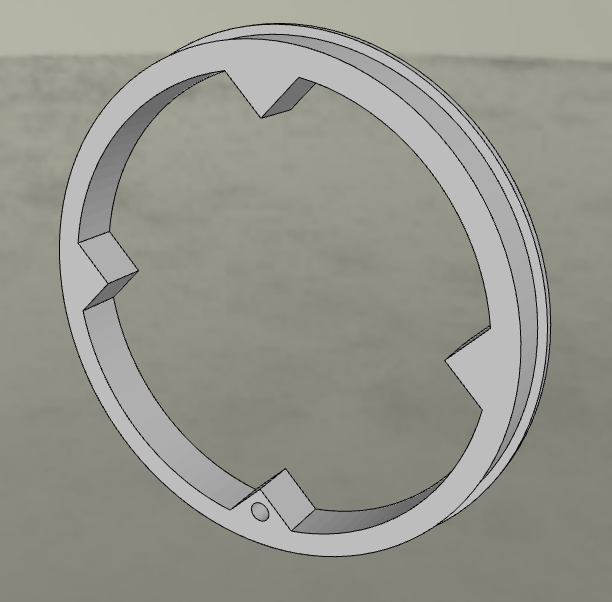
Getting started…
In this article I will teach you how to get started with 3D printing Metal parts. In this tutorial I will be using the following tools and materials.
In my example here I will not be covering the sintering process. However we will discuss what type of prep work is necessary for sending it to a sintering facility. I will cover the sintering process and how it works in a future article which will be linked here.
In order to properly prepare your parts for sintering you must keep in mind that the object will shrink after being sintered. Check the documentation for the filament you are using. If you are following this tutorial the filament documentation is available here. Its a lot to sift through, but you’ll find the proper size increase percentages for my filament are:
X=120%
Y=120%
Z=124%
when designing a part for metal 3d printing you will want to make sure you scale it with these percentages in order to ensure proper fit with other components that may be involved in your project.
In this example I will be creating the metal leads for the GrowRight lighting system.
Designing parts
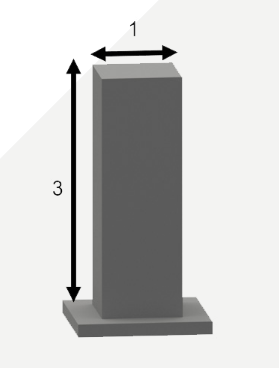
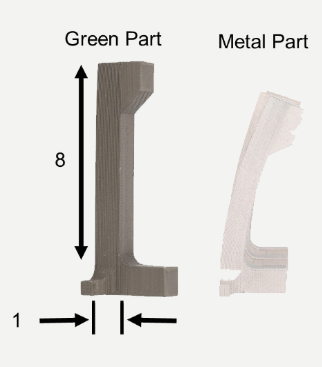
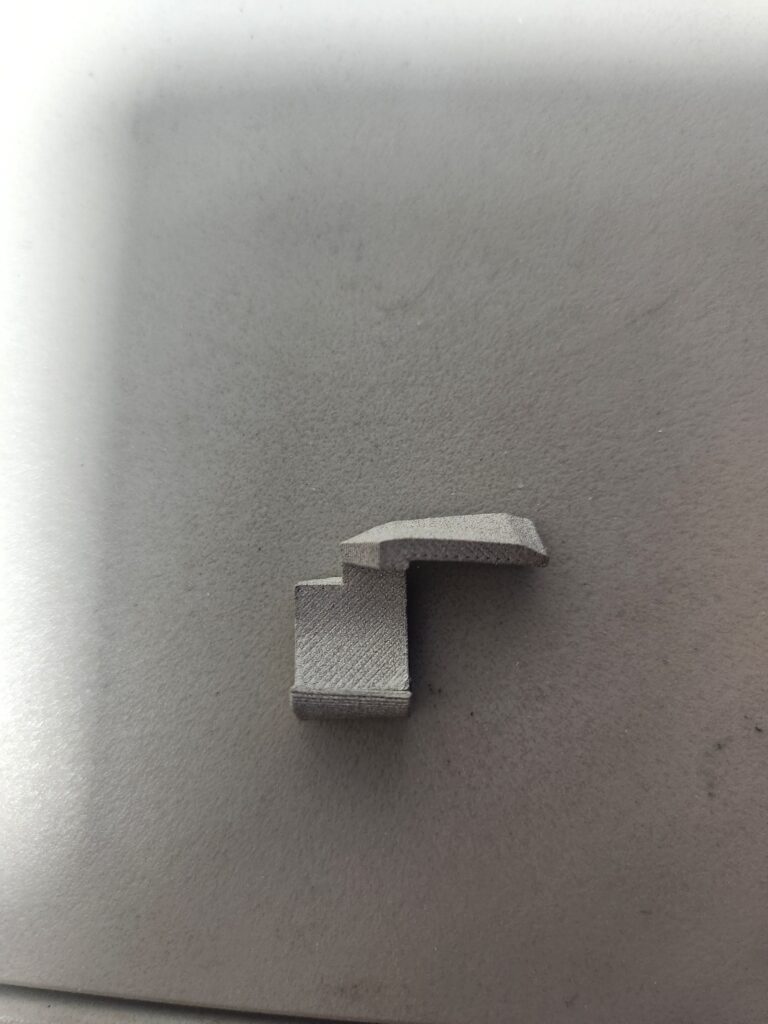
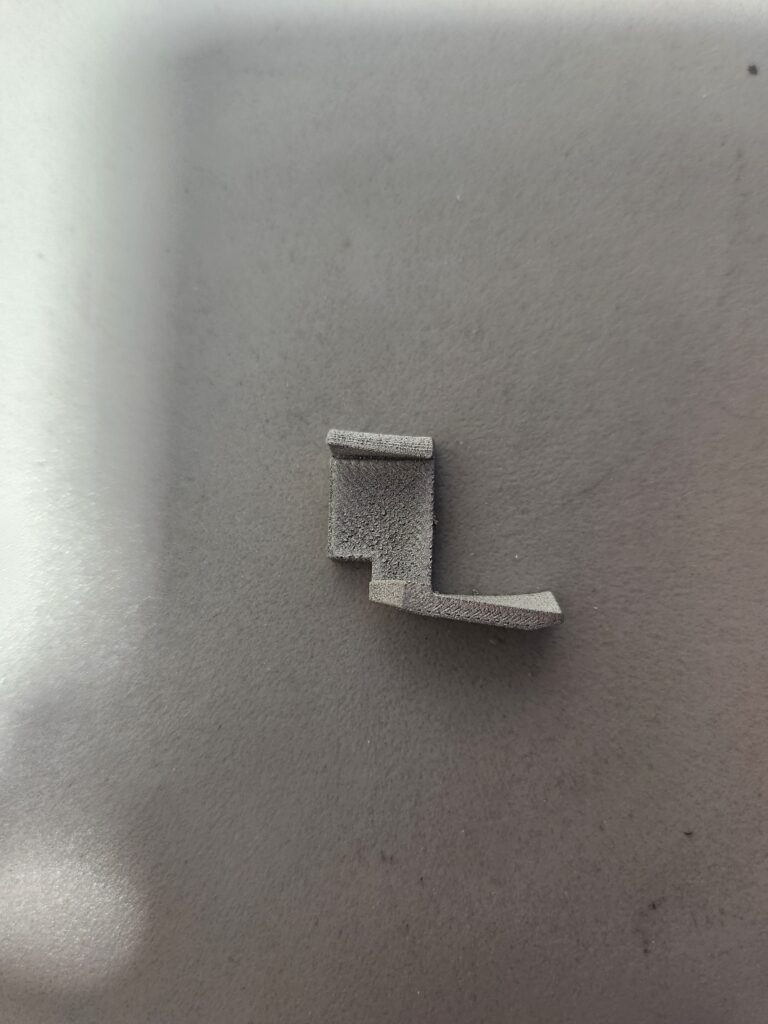
Optimizing Your Parts Design
When designing metal components, it’s crucial to minimize the use of thin, fin-like structures, as they tend to warp during the sintering process. In my experience, fine-tuning designs to account for this warping consumed a significant portion of the R&D budget. This article serves as both a personal reference and a guide for others facing similar challenges.
Through extensive testing, I found that maintaining a minimum height-to-width ratio of 3:1 is the most effective way to reduce warping (as shown on the left). The examples also illustrate the types of distortions that can occur.
For my specific application, achieving a perfect balance is still an ongoing process, but adhering to this 3:1 ratio has proven to be a reliable strategy for improving stability and manufacturability.
Another thing to keep in mind, is that chamfers can be your best friend when designing overhangs. They serve as a great tool for preventing warping like seen in the pictures on the left
Printing Parts

Optimizing Your Print for Successful Sintering
To achieve the best results when printing metal parts, it’s essential to maximize the object’s contact with the build plate. A larger surface area improves adhesion and stability during printing, reducing the risk of warping.
Additionally, resizing your object in your slicer is crucial. Metal filaments shrink during the sintering process, so adjusting the scale before printing ensures the final dimensions meet your specifications. Be sure to follow the specific guidelines for your metal filament, the Technical Data Sheet (TDS) provides all the necessary details and is available here.
If you plan to use the same sintering facility I did, keep in mind that your object must not exceed 100mm × 100mm × 100mm post-printing to be processed.
Recommended Print Settings
For best results, I followed these general recommendations from BASF 3D Printing Solutions GmbH:
- Nozzle Temperature: 230 – 250°C
- Bed Temperature: 90 – 120°C
- Build Surface: Glass with approved glue (though I found that regular Elmer’s glue worked fine, and in some cases, no glue was necessary)
- Nozzle Diameter: ≥ 0.4mm
- Print Speed: 15 – 50 mm/s
- Infill Percentage: No less than 50% to ensure proper sintering
By following these guidelines and fine-tuning your setup, you can significantly improve the quality and success rate of your metal prints.
Sintering
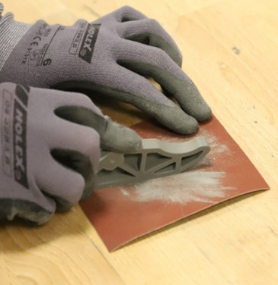

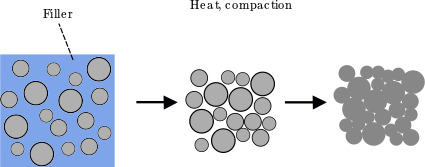
Preparing Your Part: Removing Supports and Sanding
Before sintering, it’s essential to properly prepare your printed metal part. Start by removing any supports that were used during the printing process. Supports are necessary for printing overhangs but must be carefully removed to avoid damaging the delicate printed structure. After removing the supports, sanding the surface is important to smooth out any rough edges or imperfections. This will help ensure a clean finish and minimize the need for additional post-sintering finishing work.
Proper preparation before sintering is key to achieving the best results and a professional-quality part. Once these steps are complete, you’re ready to proceed with the sintering process.
Understanding Sintering
Sintering is the process of heating a 3D-printed metal part to a temperature just below its melting point. This causes the metal particles to fuse together, creating a solid, dense structure. During sintering, the object undergoes shrinkage, which is why it’s important to account for this in the design phase. The result is a fully functional metal component with enhanced strength and durability, making it suitable for real-world applications.
While it is possible to perform sintering at home with the right equipment—such as a furnace capable of maintaining precise temperatures and an inert atmosphere (to prevent oxidation)—it can be challenging to achieve consistent, high-quality results. Proper temperature control and a controlled environment are critical to ensuring that the sintering process works correctly. For the most reliable and professional results, I recommend using a dedicated sintering facility, like the one I used, which is equipped with the necessary technology to handle the process efficiently.
If you’re planning to use the same facility I used, you can find the required submission form here. The forms they will send you guide you through the necessary steps to prepare your parts for sintering and ensure they meet the facility’s specifications.
Conclusion
Thank you for taking the time to read this article. I hope you found the information helpful and insightful for your own metal 3D printing and sintering projects. If there’s anything that wasn’t clear or if you have suggestions for improving this guide, please feel free to leave a comment. Your feedback is invaluable and will help me enhance future content.
Happy printing!
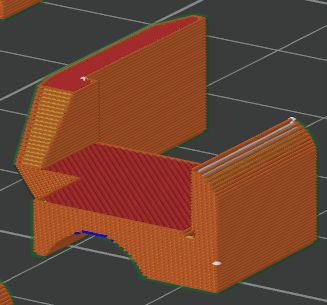
Leave a Reply